


Many commonly used words in business, such as leadership and engagement, are often used without a clear understanding of their meaning. These "suitcase terms" can lead to miscommunication and poor decision-making within organizations. It is crucial for companies to define and unpack these terms to improve leadership, workplace culture, and overall performance. This is especially important when it comes to differentiating between leadership and management, as promoting based on operational success rather than leadership ability can lead to the Peter Principle. Similarly, without a clear definition of employee engagement, companies risk promoting burnout and undervaluing the true drivers of motivation and commitment.
The Pitfalls of Suitcase Terms: Defining Leadership and Engagement
Introduction
In the business world, many commonly used terms have become "suitcase terms" - ambiguous words that can convey a wide range of meanings. This lack of clarity can lead to miscommunication, poor decision-making, and organizational dysfunction. Two of the most prevalent suitcase terms are "leadership" and "engagement."
Background
The lack of clear definitions for suitcase terms has been a persistent issue in organizations for decades. In the 1960s, Laurence J. Peter coined the "Peter Principle," which states that individuals tend to rise within hierarchies until they reach a level of incompetence. This principle suggests that promoting individuals based on their operational success alone, rather than their leadership abilities, can lead to organizational failure.
Similarly, employee engagement has become a buzzword in recent years, but many companies struggle to define and measure it accurately. Without a clear understanding of what drives employee motivation and commitment, organizations risk promoting burnout and undervaluing valuable contributors.
The Importance of Defining Suitcase Terms
Defining suitcase terms is crucial for improving leadership, workplace culture, and overall organizational performance. It allows companies to:
FAQs on Leadership and Engagement
Q1: What is the difference between leadership and management? A: Leadership is the ability to influence, motivate, and inspire others to achieve a common goal. Management is the process of organizing, planning, and controlling tasks and resources to achieve specific objectives.
Q2: How can I measure employee engagement? A: Employee engagement can be measured through surveys, focus groups, and other methods that assess factors such as job satisfaction, work-life balance, and commitment to the organization.
Q3: What are the key drivers of employee engagement? A: Key drivers of employee engagement include clear communication, supportive leadership, opportunities for growth and development, and a positive workplace culture.
Q4: How can I promote leadership development within my organization? A: Leadership development can be promoted through training programs, mentoring, coaching, and providing opportunities for individuals to take on leadership roles.
Q5: What is the impact of the Peter Principle on organizations? A: The Peter Principle can have a negative impact on organizations by placing individuals in positions where they lack the necessary skills and abilities. This can lead to organizational inefficiency, decreased productivity, and low employee morale.
Conclusion
Defining suitcase terms such as leadership and engagement is essential for creating a high-performing and engaged workforce. By establishing a common understanding of these key concepts, organizations can improve communication, foster collaboration, and achieve better results. As the business landscape continues to evolve, it is imperative for companies to adapt by embracing clarity and precision in their language and decision-making processes.
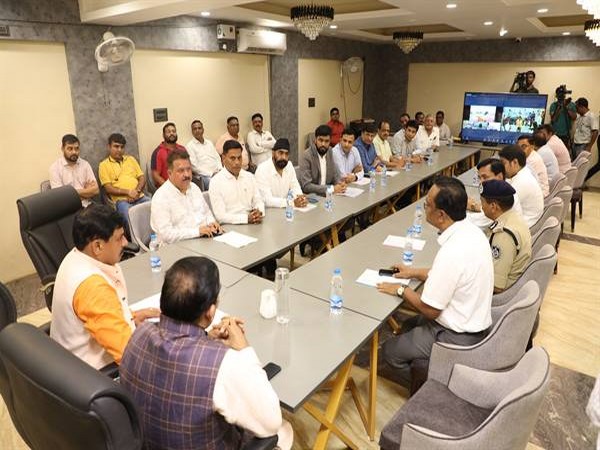
With the upcoming Global Investors Summit (GIS) 2025 in Bhopal, Madhya Pradesh Chief Minister Mohan Yadav will hold one-on-one and roundtable meetings with industrialists in New Delhi. The state's new investment policy, which includes 10 sub-policies covering key sectors such as agriculture, textiles, and defense manufacturing, will be presented by senior government officials. The summit aims to highlight investment opportunities in Madhya Pradesh and promote employment generation, innovation, and entrepreneurship, with special focus on the film sector. The summit will be inaugurated by Prime Minister Narendra Modi and attended by Union Home Minister Amit Shah.

The largest and most comprehensive textile event, Bharat Tex 2025, has been launched by 11 major textile industry bodies and supported by the Ministry of Textiles. This event, spread over 2.2 million square feet, will showcase the diversity, scale, and capability of India's textile sector to over 5,000 exhibitors, 6,000 international buyers, and 120 countries. With over 70 conference sessions and discussions led by 100 international speakers, Bharat Tex 2025 aims to position India as a reliable and sustainable sourcing and investment destination in the global textile market. Attendees can expect to see a wide range of products, from apparel and home furnishings to technical textiles and handicrafts, while also gaining insights into important industry topics and trends.

At the Fortune India Next 500 summit, Union Minister of State for Civil Aviation Jayant Sinha discusses the challenges facing Air India, including its staggering debt of over Rs 50,000 crore and lack of interest from potential buyers. The government is now exploring alternative options to revitalize the national carrier and avoid burdening taxpayers. Sinha also highlights the potential for job creation and economic growth in the aviation sector.

In a recent Instagram post, the founder and CEO of Monk Entertainment, Viraj Sheth, addressed the struggles of content creation in the age of instant virality and doomscrolling. He advised against solely focusing on gaining a large following, as easy algorithm hacks make it less meaningful. According to him, true influence goes beyond fleeting visibility and requires genuine creativity and impact.
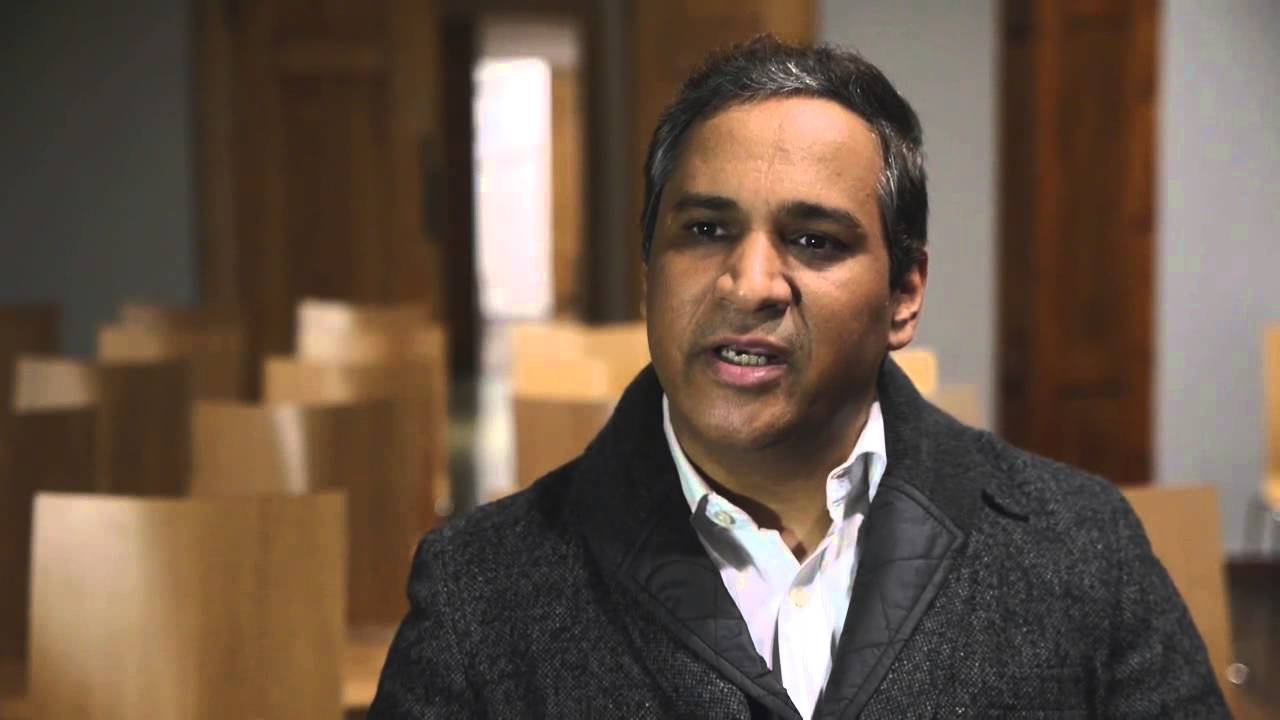
Vineet Rai, founder and Chairman of Aavishkaar Group, shares the company's ambitious goal of growing its assets under management from $1 billion to $7 billion by 2025. The Dutch development bank CEO also discusses the organization's success in finding investment opportunities in India's specialized markets.
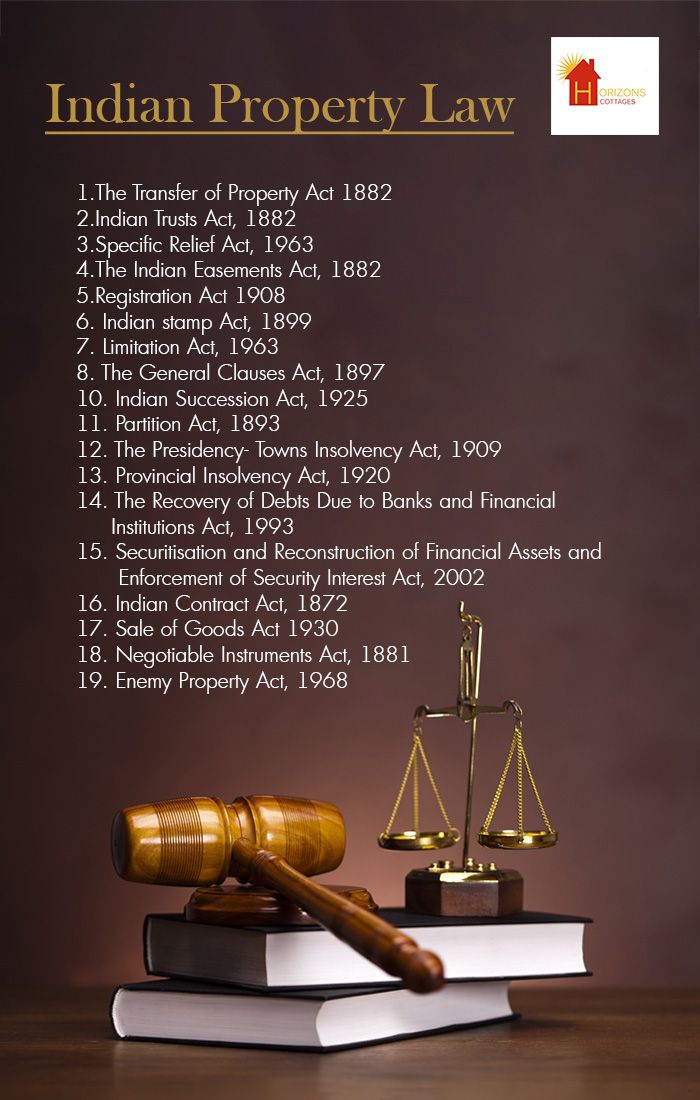
Stay updated on the latest developments and reforms in India's joint family property laws. Learn about the potential impacts and implications on your own familial property and future inheritance planning. This news will provide comprehensive coverage of the changes and important updates on this significant business and legal topic.
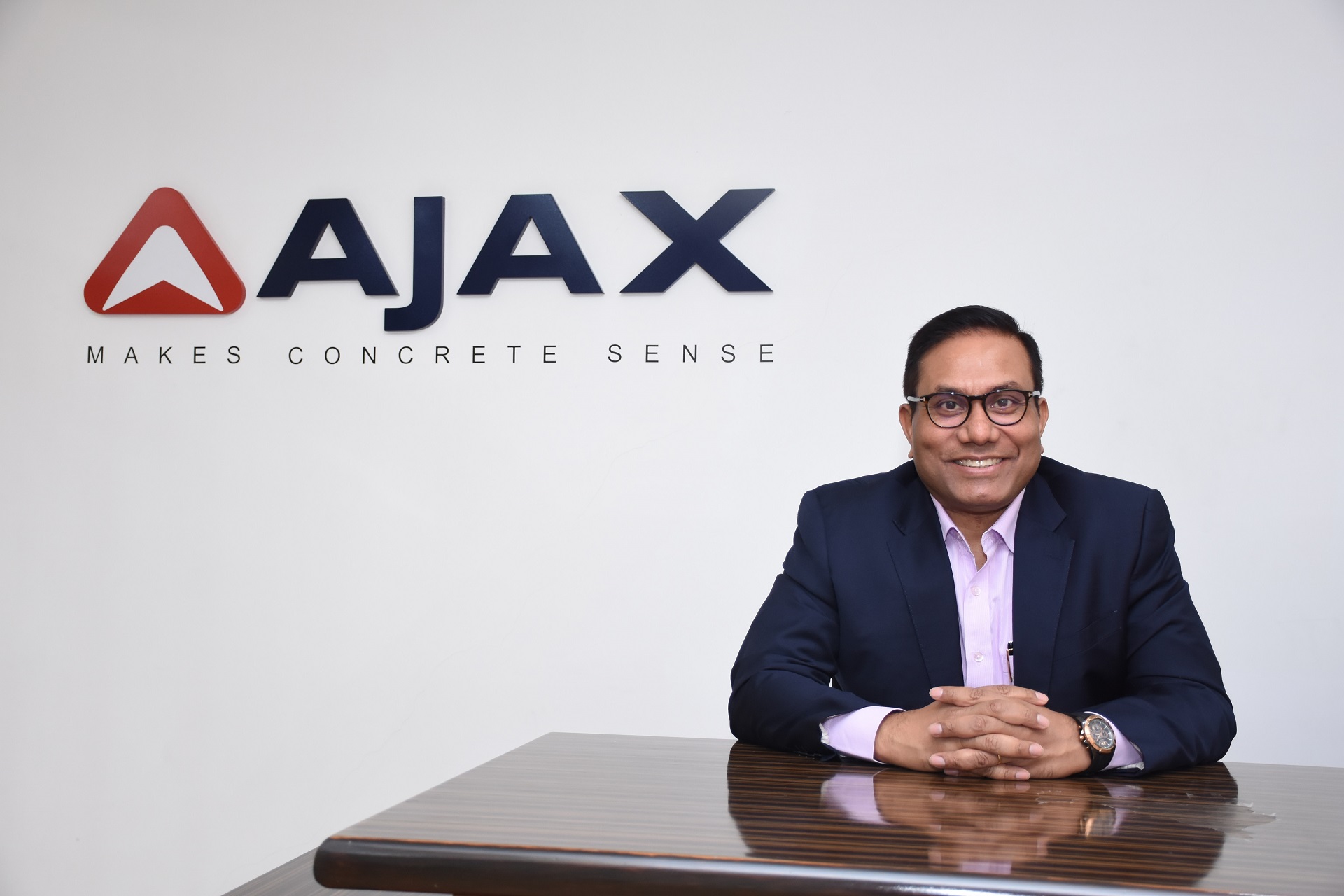
Ajax Engineering, a Bengaluru-based company that specializes in manufacturing concrete equipment, is starting the bidding process for its Rs 1,269.35 crore IPO today. The company has seen strong demand in the grey market and raised Rs 379.31 crore from anchor investors. It has a wide distribution network in India and abroad with continued growth and profitability. Investors should keep a close eye on this IPO and its potential for listing gains.
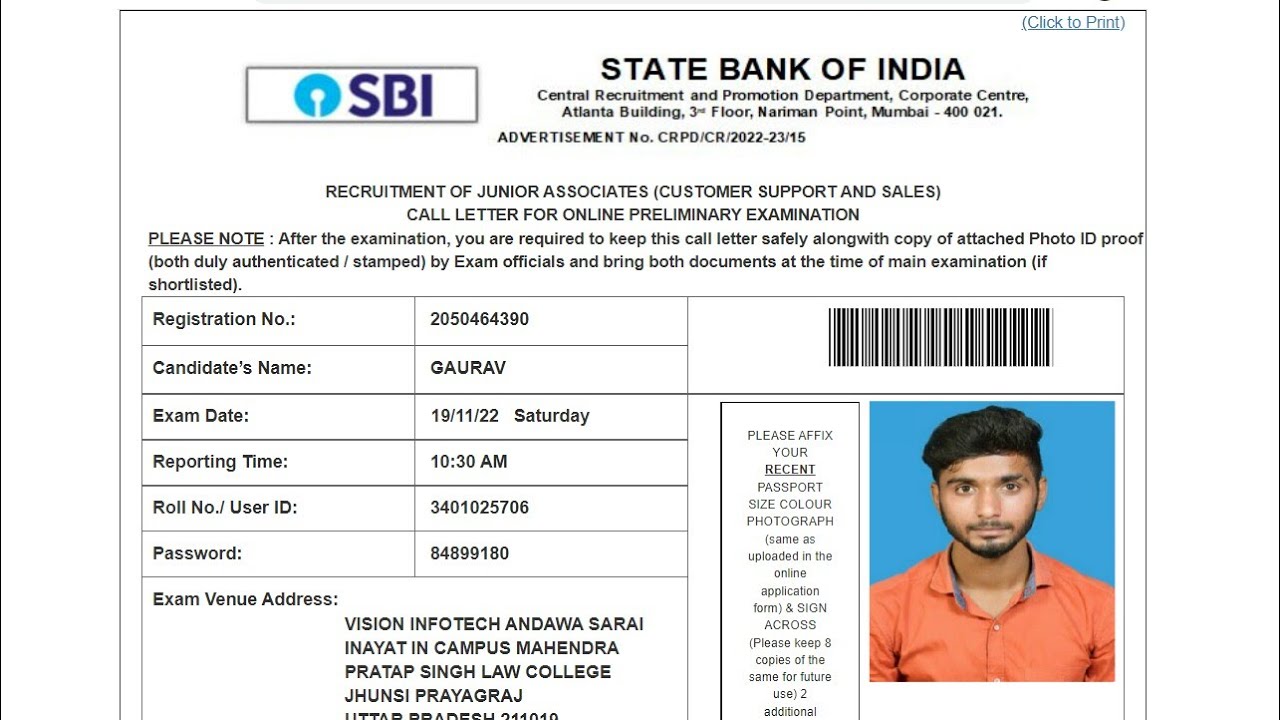
The State Bank of India is set to release the SBI Clerk Prelims Admit Card 2025 on 10 February along with the exam date for the 14,191 vacancies of Junior Associate (Clerk). Candidates can download their admit card from the official website, sbi.co.in, using their registration number and DOB/password. Make sure to have all necessary documents ready and follow the steps provided to ensure a smooth exam experience.

The State Bank of India has released the admit card for the first phase of the SBI Clerk recruitment exam. The exam is scheduled for February and March of 2025 and will have negative marking for wrong answers. This recruitment is for 13,735 positions for Junior Associates and candidates are advised to prepare well and download their admit cards in advance. The story also includes a mention of a woman who left her MNC job to become an IPS officer and encourages readers to check out the publication's editorial guidelines and standards.